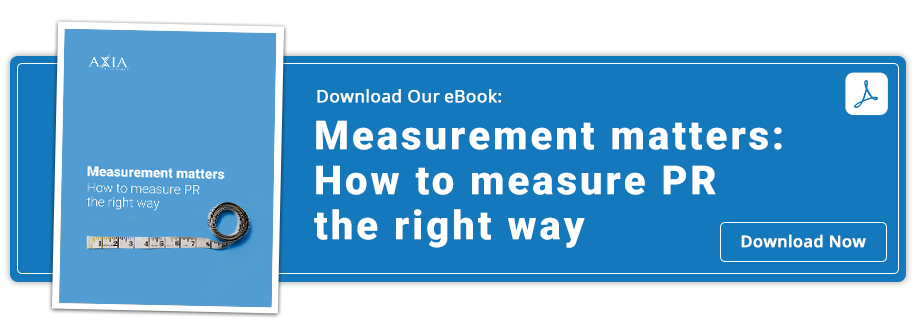Are you using keywords, or are you stuffing keywords in your content? Learn the difference with Axia experts.
 A lot of top-ranked web pages have keywords stuffed egregiously throughout the content. However, when your content isn't credible enough to entice the end user, there's no point in getting ranked on SERPs (Search Engine Ranking Pages). While we need to use important keywords in website titles and meta descriptions in order to attract traffic, no one’s ever explained the fine line between using keywords wisely, and keyword-stuffing.
A lot of top-ranked web pages have keywords stuffed egregiously throughout the content. However, when your content isn't credible enough to entice the end user, there's no point in getting ranked on SERPs (Search Engine Ranking Pages). While we need to use important keywords in website titles and meta descriptions in order to attract traffic, no one’s ever explained the fine line between using keywords wisely, and keyword-stuffing.
Audio: Listen to this article.
So how do we make sure our content uses the right number of keywords across our webpages to make them rank higher without compromising the quality of the content? That’s where keyword density comes in. Keyword density, aka keyword optimization, refers to the number of times a webpage uses a target keyword.
How do you calculate keyword density?
Keyword density is the percentage of how frequently the target keyword appears compared to the total number of words on the page. For example:
- The total word count on a webpage is 250 words.
- A target keyword appears on the page 10 times.
- The number of keywords (10) divided by the total word count (250) is 0.04.
- This webpage’s keyword density percentage is 0.04 times 100, or 4%.
4 practical keyword density tips for great SEO
- For effective results, your keyword density percentage should be between 3% and 5%. If you get much higher than this, it can frustrate readers and visitors, and search engines may decide your page is spam and punish you accordingly.
- With the help of latent semantic indexing, you can keep your keyword density low and use strong words that directly relate to your target audience and main keywords.
- Using target keywords in titles and headings allows search engines to scan and find your webpage quicker than other content.
- You can include more keywords in the website footer (the last section of a webpage) content or link them with your other webpages without overloading the main body copy with keywords.
Must read: How do search engines generate SERP?
Axia Public Relations is one of America’s best PR agencies, according to Forbes Magazine. We work with regional and national companies to attract new potential customers through diverse channels like news media, social media, and web media.
Let us help you improve your brand visibility and website traffic. Call us at 888-PR-FIRM-8 and contact us via our website today for an obligation-free consultation.
Photo by Andrea Piacquadio from Pexels
Topics: online public relations, owned media, web media


Comment on This Article